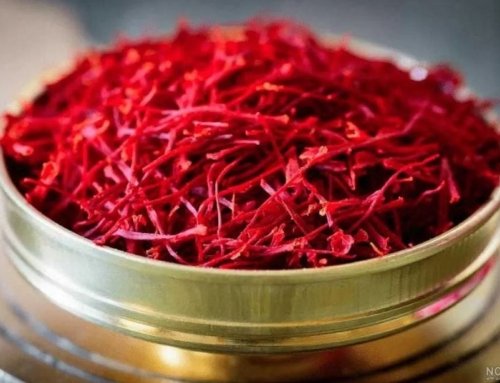 The Profit Potential of Saffron Cultivation
The Profit Potential of Saffron Cultivation
Saffron Farming Income Potential : Saffron, often referred to as “red gold,” is not only valued for its distinctive flavor and vibrant color, but it also provides a lucrative opportunity for farmers. If you’ve ever wondered about the income potential from saffron cultivation, this article is for you. We will explore the factors that influence saffron farming income and the ideal cultivation methods to maximize profit.
Understanding Saffron Cultivation
Saffron Farming Income Potential : Before delving into the income aspects, let’s take a look at the saffron cultivation process and the optimal conditions required for its growth. Saffron farming involves several stages, including soil preparation, planting saffron bulbs, irrigation management, and the delicate harvest of the precious stigmas. The process requires patience, attention to detail, and adherence to specific timelines.
Optimal Growing Conditions for Saffron
Saffron thrives in regions with a Mediterranean climate characterized by hot, dry summers and mild winters. Well-draining soil, preferably sandy or loamy, is ideal for saffron cultivation. Exposure to sunlight and protection from strong winds are also vital factors for healthy saffron growth.
Factors Influencing Saffron Farming Income
Several elements affect the income generated from saffron farming. Below are key factors that play a significant role in determining the profitability of saffron cultivation:
Saffron Yield per Hectare
The yield and growth of saffron vary based on several factors such as farming techniques, soil quality, climatic conditions, and the variety of saffron chosen. On average, a hectare of saffron cultivation can yield between 5 to 15 kilograms of dried saffron threads. However, achieving high yields requires expertise and proper management.
Market Demand and Pricing
The demand for saffron continues to grow globally, driven by its widespread use in culinary, pharmaceutical, and cosmetics industries. Market demand plays a significant role in saffron pricing. High demand, coupled with limited supply, often results in favorable pricing and higher profits for saffron farmers. However, it’s essential to keep track of saffron prices, as they can fluctuate depending on various factors.
Production Costs and Labor
As with any agricultural venture, saffron farming incurs specific costs, including the purchase of saffron bulbs, land preparation, irrigation, fertilizers, and labor. These expenses can vary depending on the scale of cultivation and local conditions. Efficient management of production costs and labor is crucial for optimizing income from saffron cultivation.
Maximizing Profit from Saffron Cultivation
To maximize saffron farming income, farmers can implement the following strategies:
Implement Efficient Farming Practices
Adopting efficient farming practices can increase saffron yield and quality. This includes proper soil preparation, timely irrigation, careful pest and disease management, and following recommended harvesting techniques. Innovative approaches such as hydroponic saffron farming can also be explored for optimized production.
Marketing and Selling Saffron Products
Effective marketing and distribution play a crucial role in maximizing income from saffron farming. Building strong partnerships with distributors, local markets, and online platforms can help reach a broader customer base. Additionally, saffron-based value-added products such as saffron oils, teas, and skincare items can further enhance profitability.
Final Thoughts on Saffron Cultivation Profitability
Saffron cultivation is a promising opportunity for farmers seeking a sustainable and profitable agricultural investment. While income from saffron farming depends on factors such as saffron yield per hectare, market demand and pricing, and production costs, careful planning and efficient farming practices can significantly boost profitability. By selecting the right saffron variety, implementing optimal cultivation methods, and focusing on effective marketing, farmers can greatly enhance their saffron farming income potential. If you’re considering saffron farming, remember to conduct thorough research, consult with agricultural experts, and evaluate local climate and market conditions. With dedication, knowledge, and a strategic approach, saffron farming can yield fruitful results and contribute to agricultural prosperity.
Contact Us
If you have questions about saffron cultivation, purchasing, or selling saffron, feel free to reach out to us using the contact numbers below.


![Exporting Saffron to Turkey + Price Guide [Complete 0 to 100]](https://www.rowhanisaffron.com/wp-content/uploads/f1-372-500x383.jpg)




Get Social